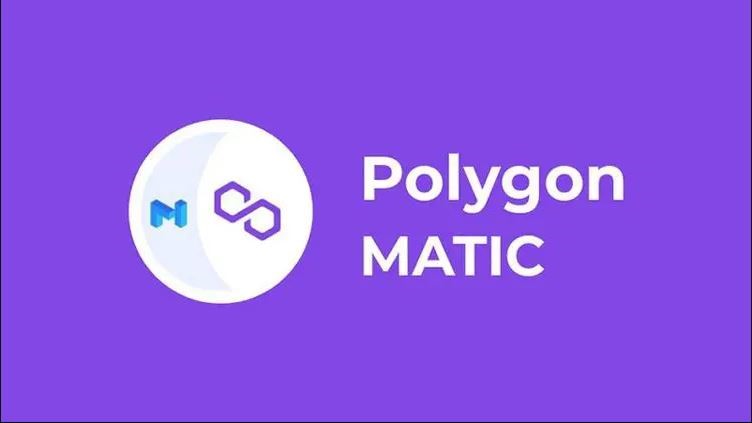Polygon’s native token, MATIC, once hailed as a market darling during the 2021 bull run, has experienced a significant downturn over the past year, notably underperforming compared to BTC, ETH, and other layer-2 coins like ARB, OPT, and SKL. While MATIC enjoyed triple-digit price gains during the previous bull market, its recent performance has left much to be desired.
Despite the ongoing crypto bull run, MATIC has declined approximately 32% in the last 12 months, painting a stark contrast to its impressive rally in 2021. This downturn comes as other tokens, particularly layer-2 solutions like OP and SKL, have seen substantial gains. Even newcomers like Arbitrum’s ARB have outpaced MATIC in terms of performance.
The shift in sentiment towards MATIC can be attributed to several factors, including changes in the technological landscape. While MATIC initially gained traction as the leading sidechain for Ethereum, the rise of alternative scaling solutions known as “rollups” has reshaped the competitive landscape. Polygon has pivoted towards solutions like Polygon zkEVM, leveraging ZK-rollup technology to process transactions more efficiently outside the Ethereum main chain.
However, this technological pivot may have contributed to MATIC’s underperformance, particularly in light of Ethereum’s upcoming Denouement upgrade. As Katie Talati from Arca points out, the way Polygon zkEVM validates transactions could put it at a disadvantage compared to competitors like Optimism and Arbitrum.
Despite these challenges, Polygon remains committed to innovation, with initiatives like Polygon CDK and the upcoming “aggregation layer” protocol aiming to enhance the ecosystem’s scalability and interoperability. While MATIC’s recent gains suggest a potential turnaround, its journey from market darling to underperformer underscores the evolving dynamics within the crypto landscape and the importance of staying adaptable in the face of technological advancements.




